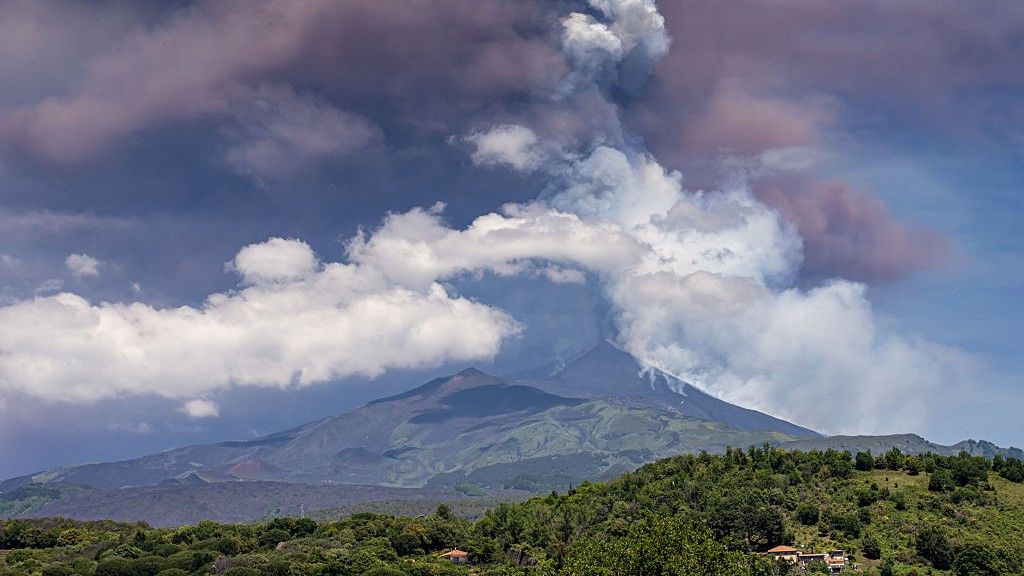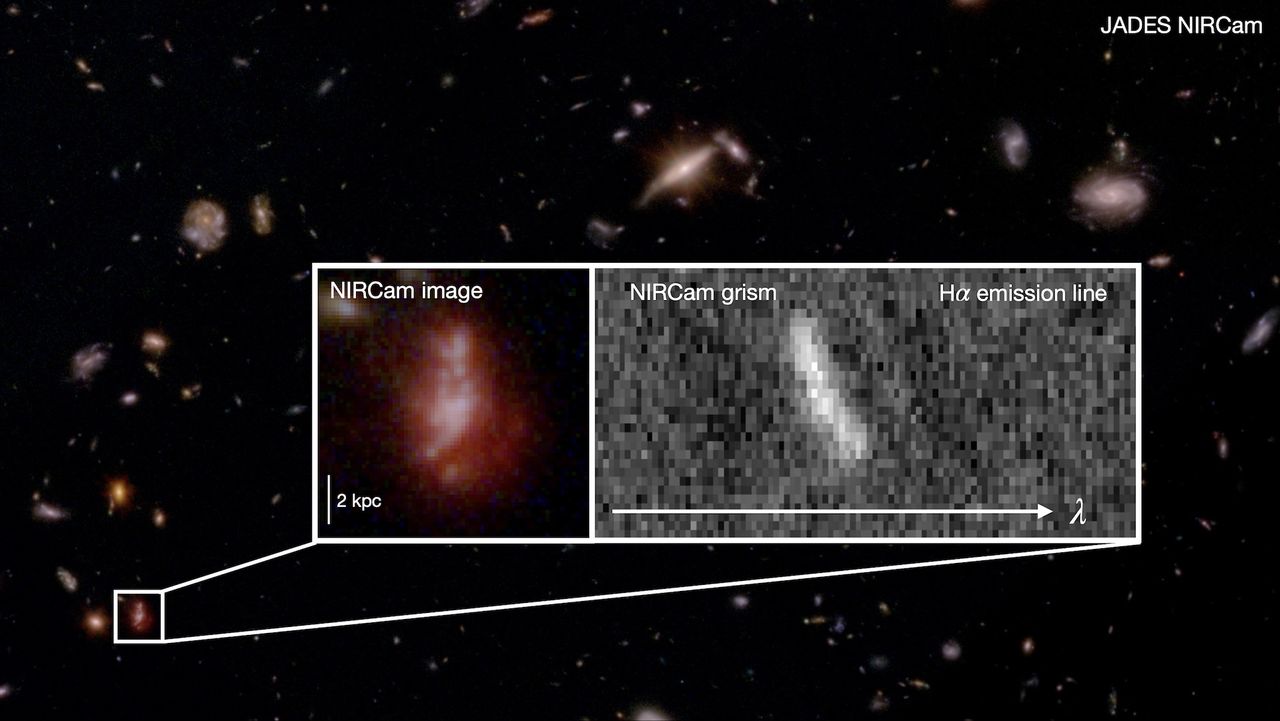An Alaska Solar Farm Produces Food, Too
PositiveScience

In Alaska, a groundbreaking solar farm is not just generating energy but also producing food, addressing two significant challenges in the state: high costs of produce and power. Researchers are exploring innovative ways to utilize the same land for both agriculture and energy production, which could lead to more sustainable living practices in remote areas. This initiative is important as it highlights the potential for renewable energy solutions to also support local food systems, ultimately benefiting communities facing high living costs.
— Curated by the World Pulse Now AI Editorial System








